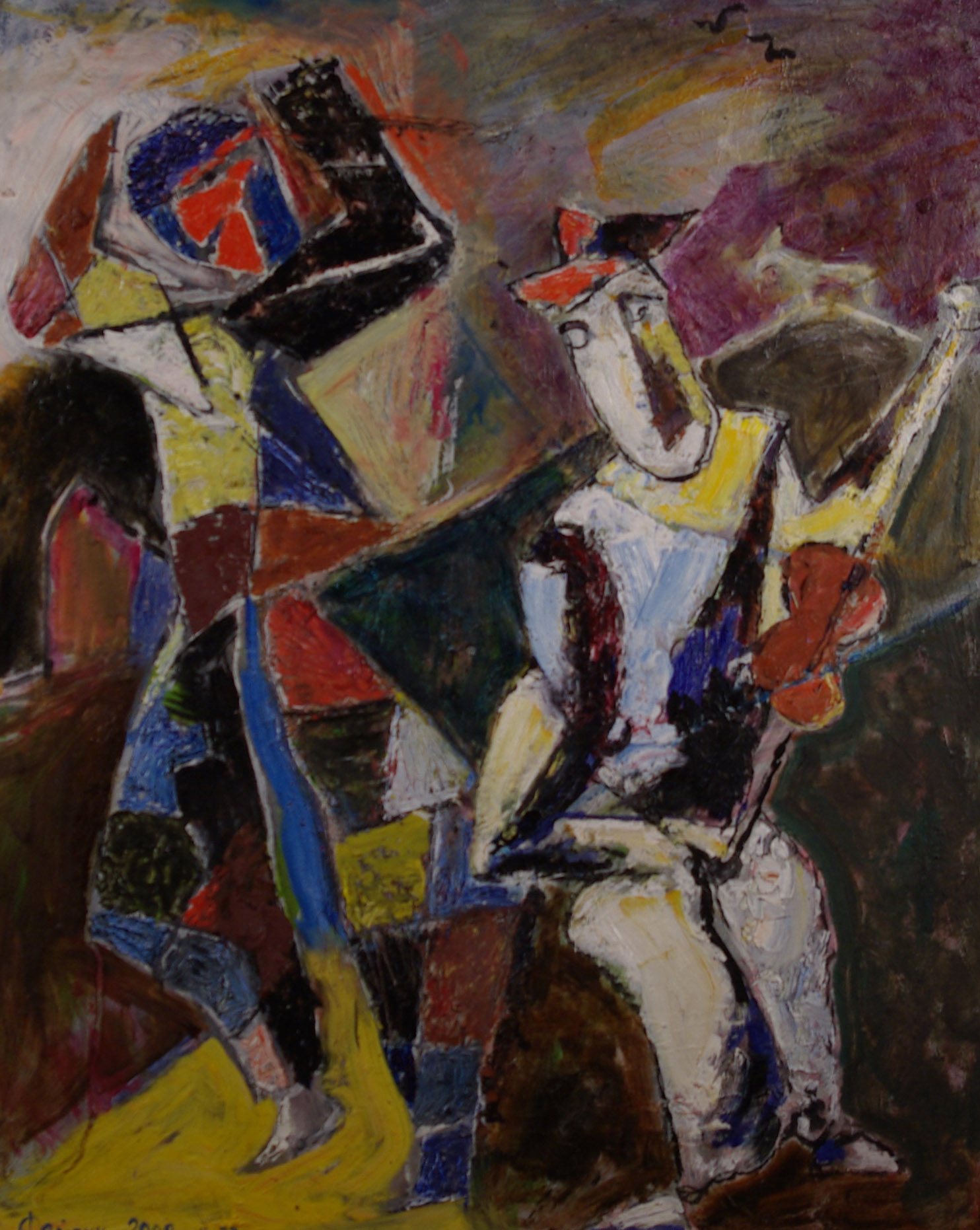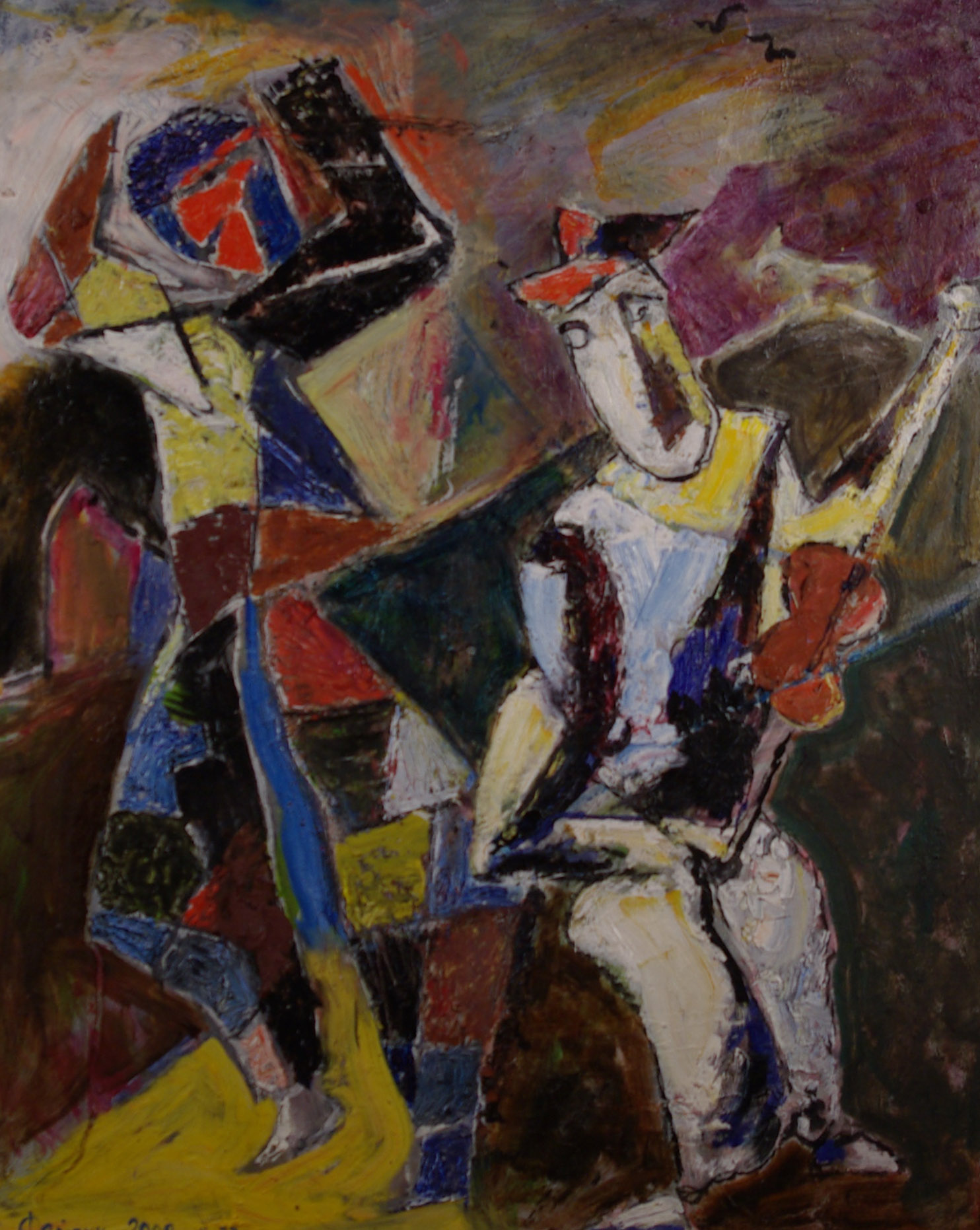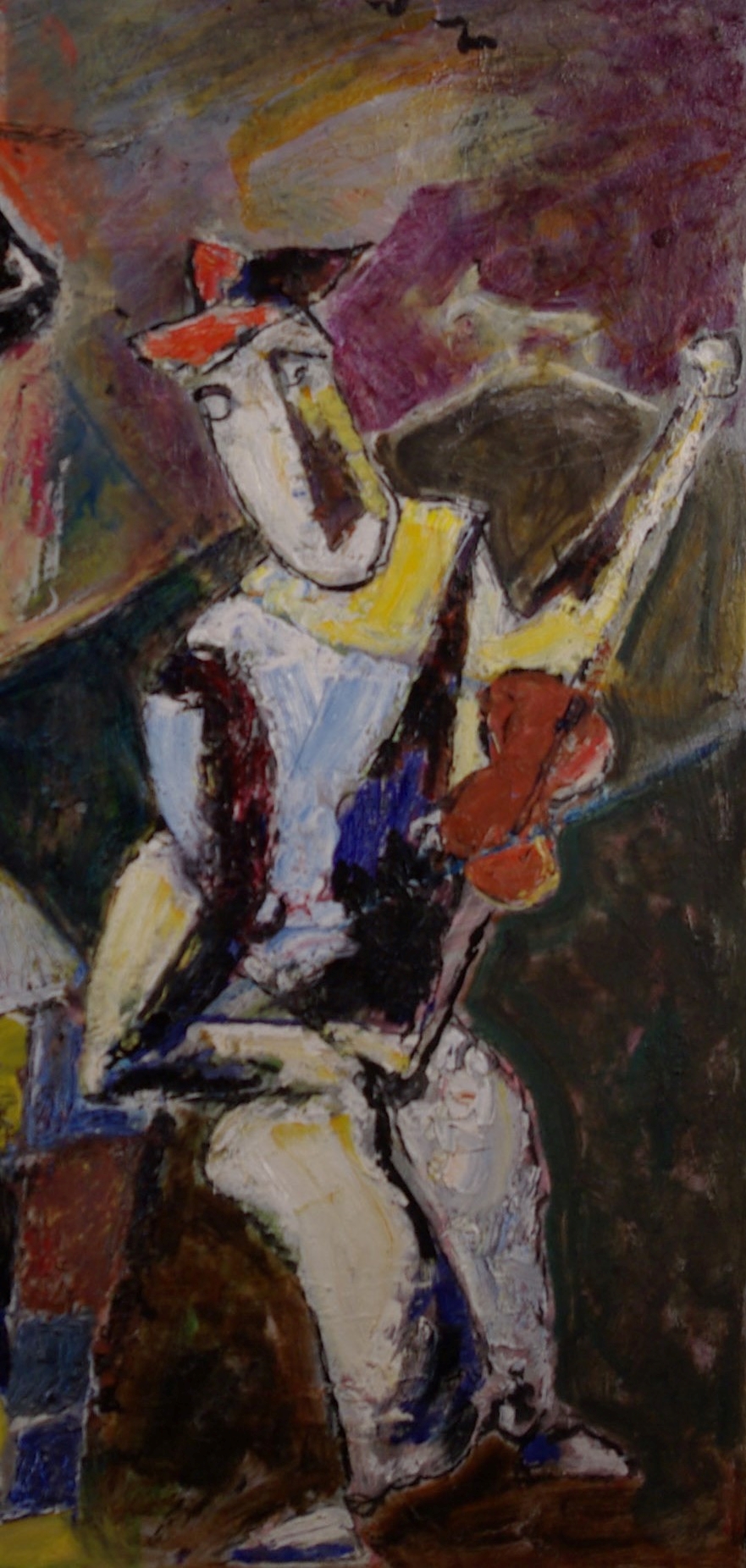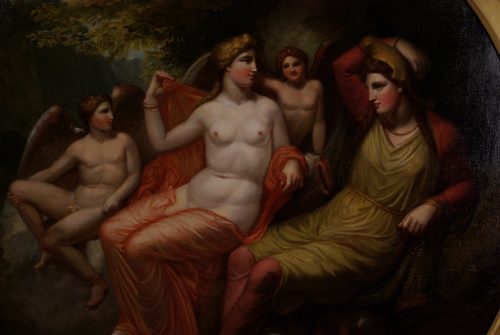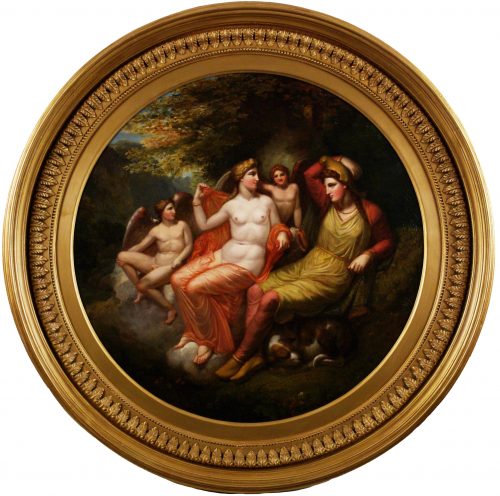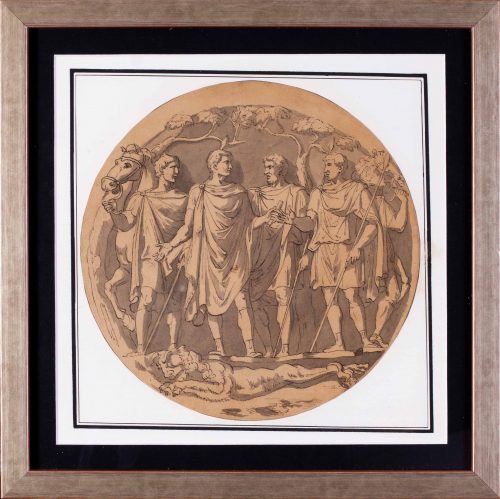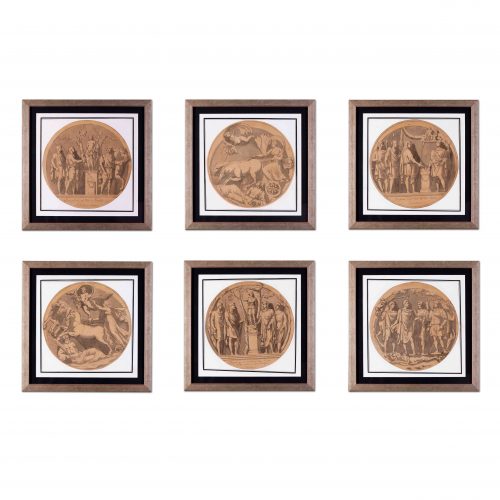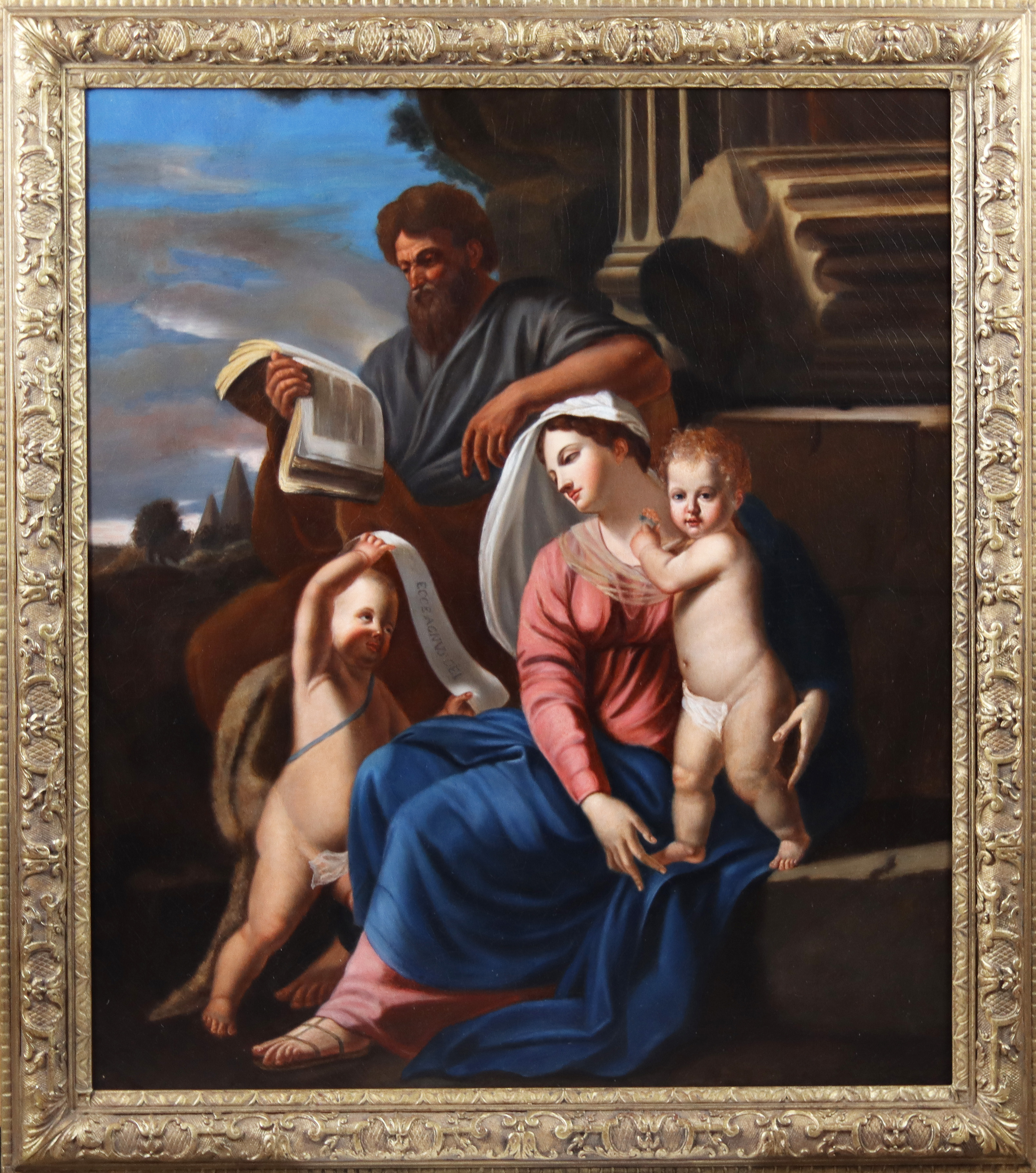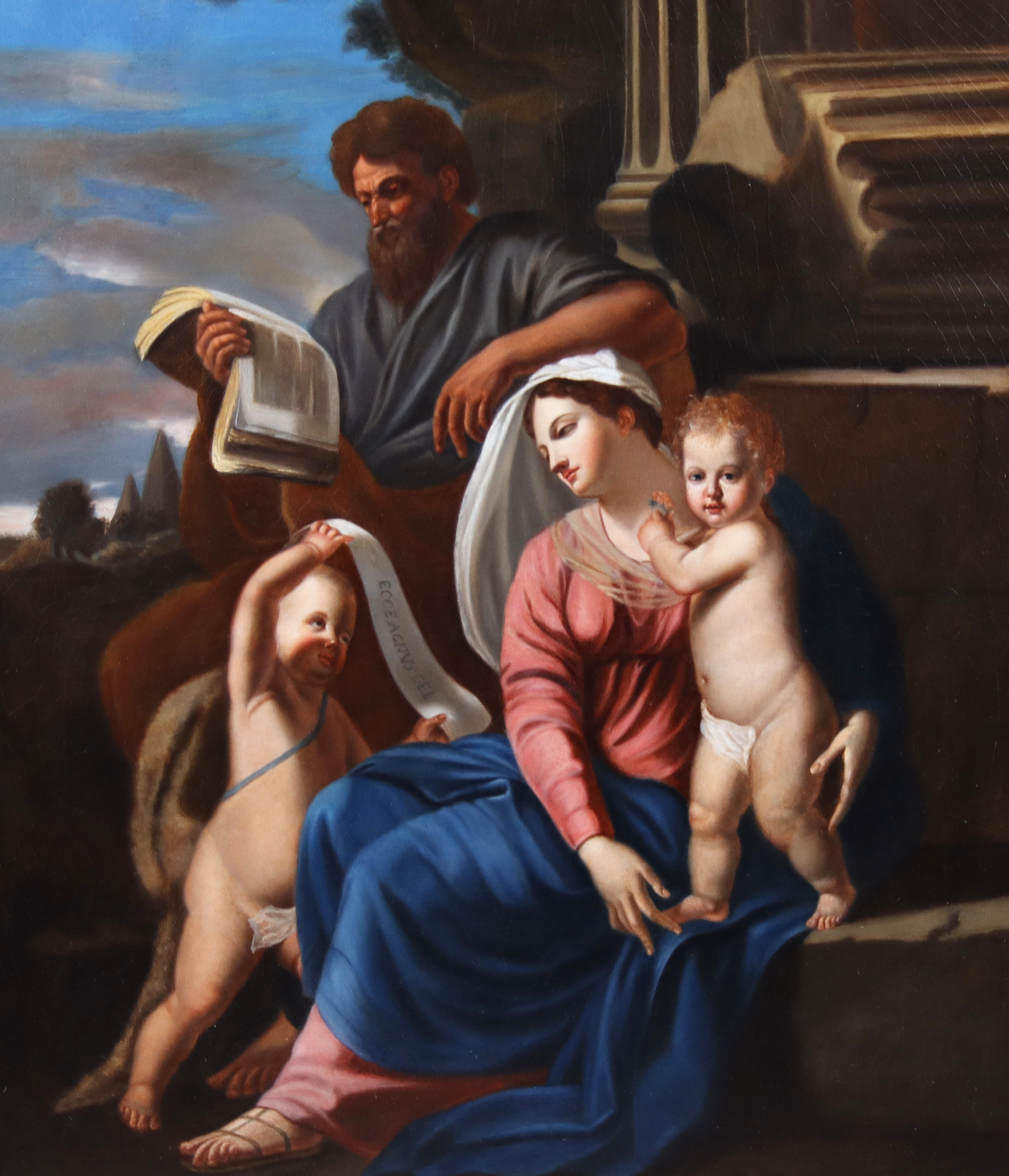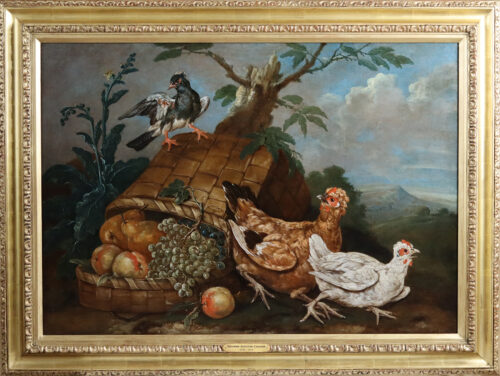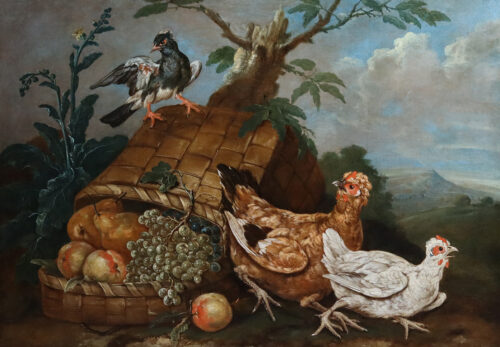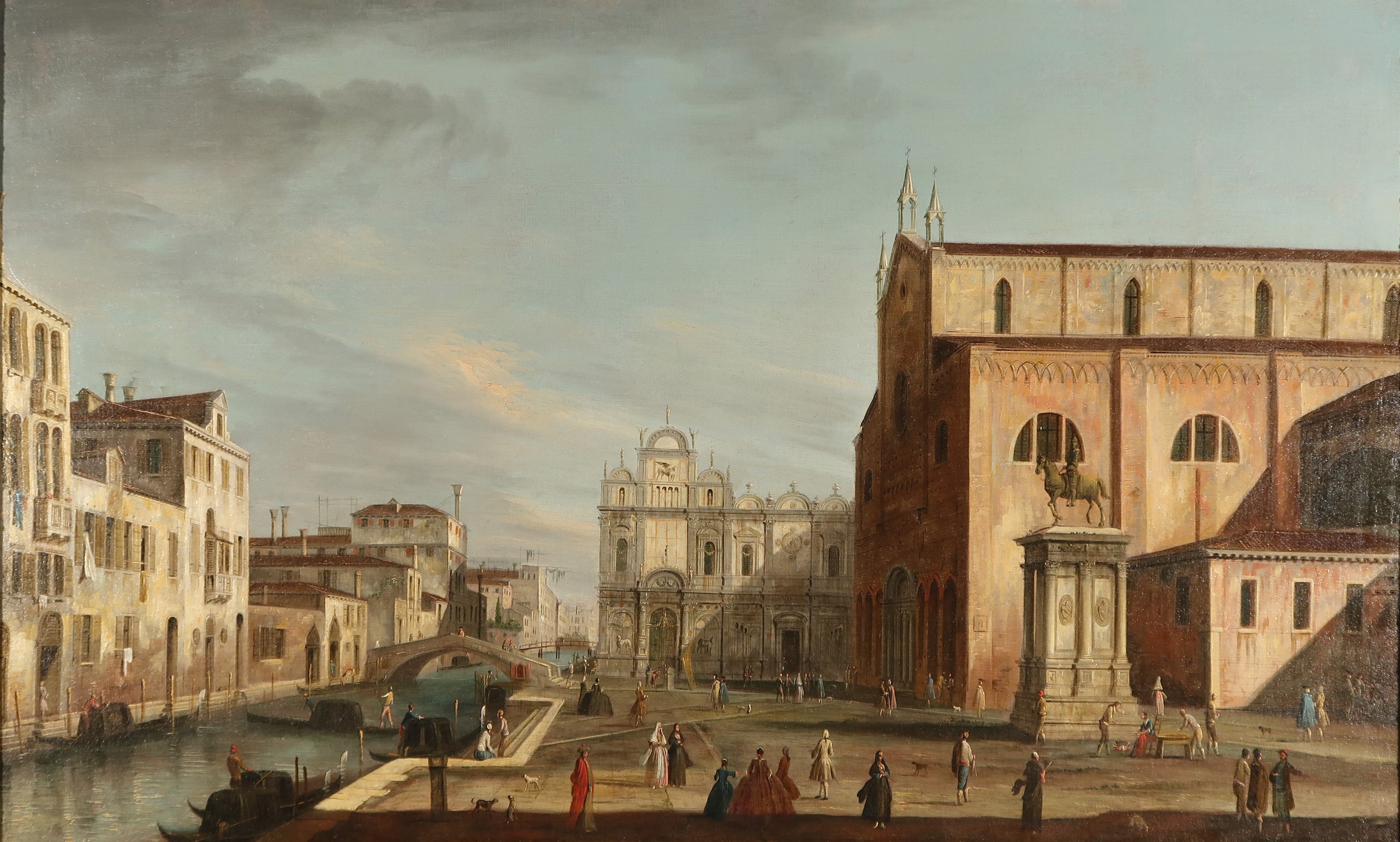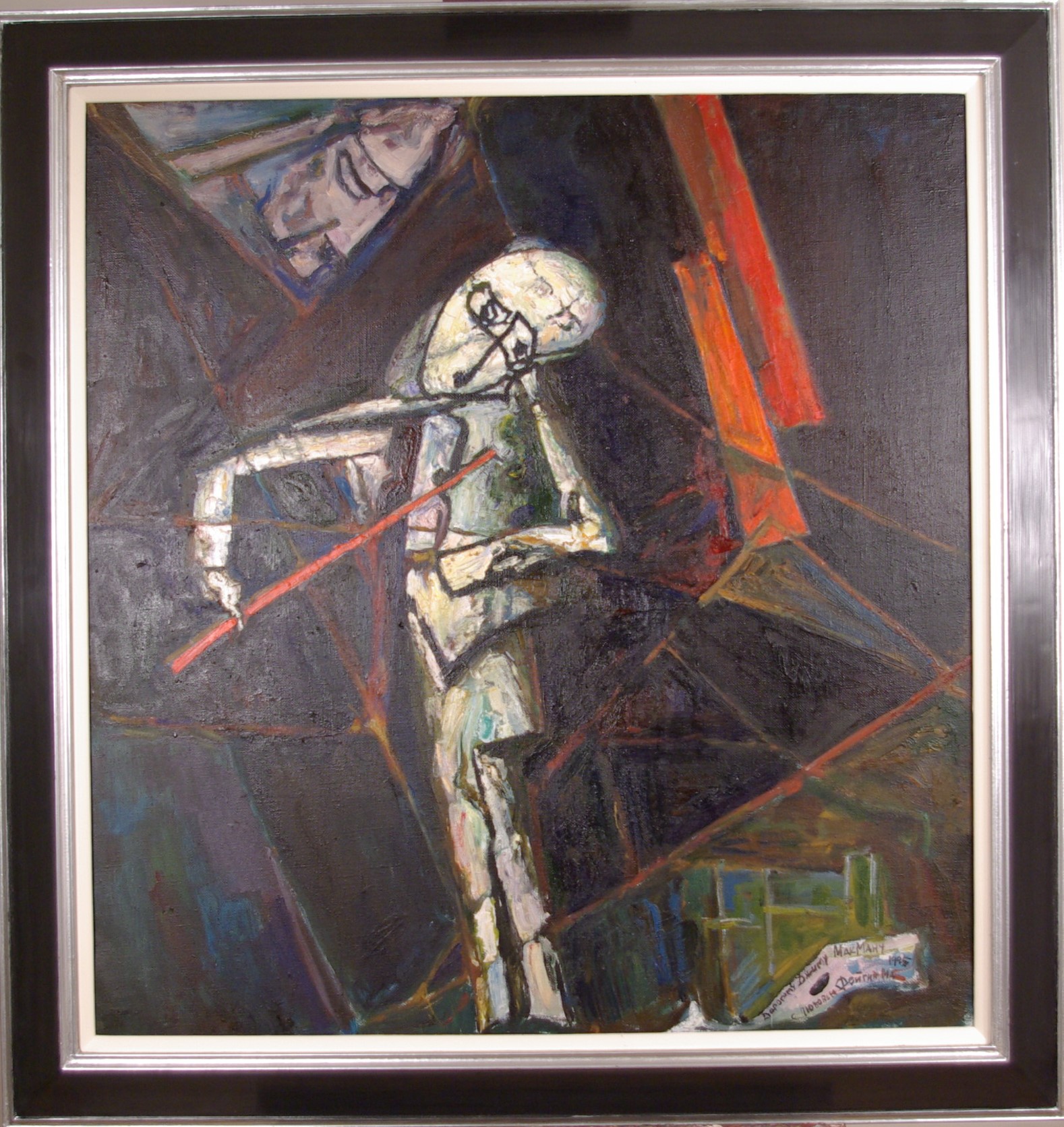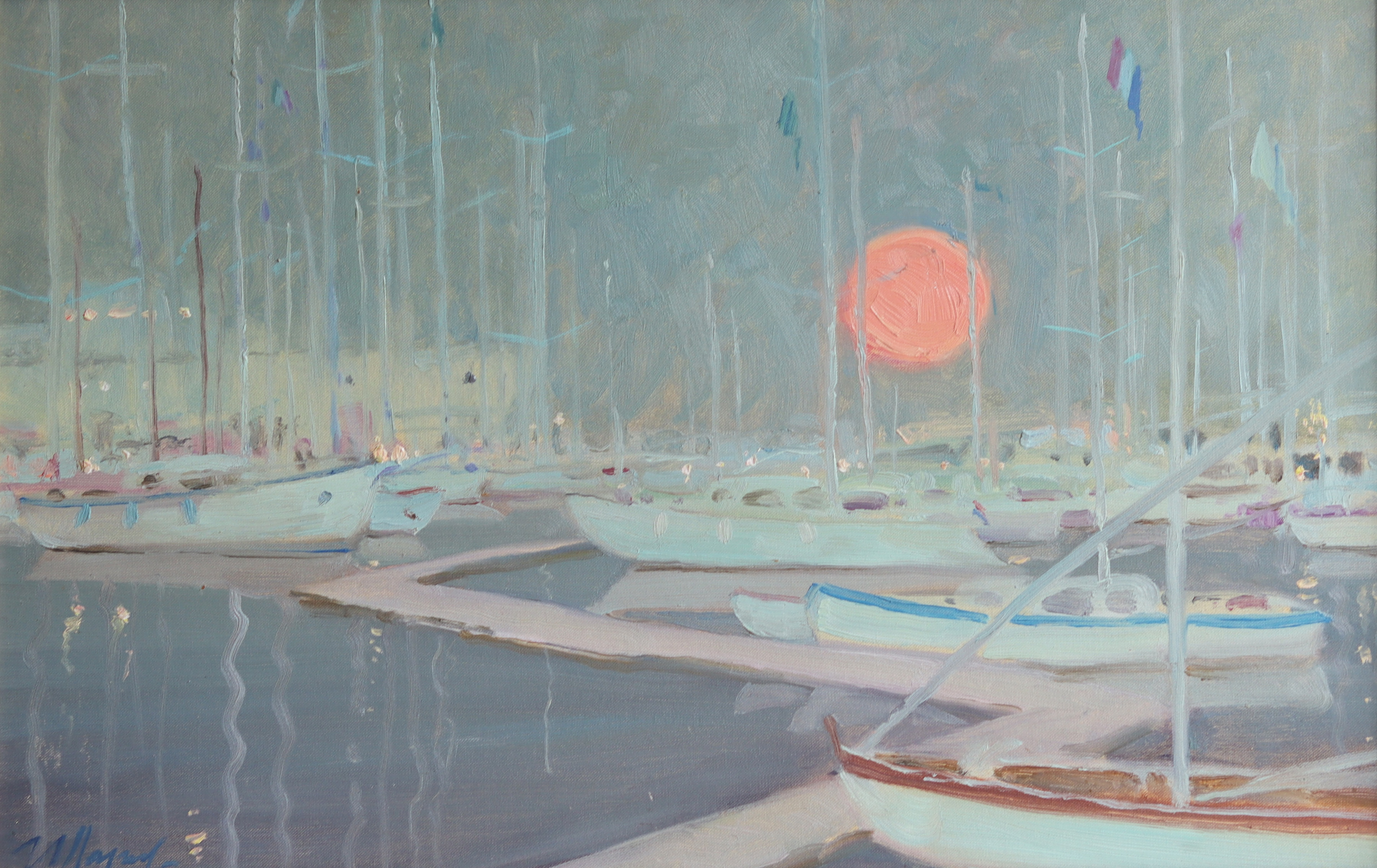Concert ~ Moses Feigin
£5,750.00
Concert ~ Moses Feigin
Description
| Title: | Concert |
| Artist: | Moses Feigin (1904-2008) Russian Моисей Фейгин |
| Detail: | Oil on canvas: 25 x 20 inches. Frame:29 x 24in. Signed and dated 2000.Provenance: Anna Moiseevna Feigin |
| Price: | £5,750 |
| Location: | Please refer |
Share:
Introduction
Russian Avant-garde painter Moses Feigin was was listed in the Guinness Book of Records in 2007 as the world’s oldest active professional artist. His work has been largely unknown in the West until after his death in 2008 at the age of 104 when this iconic 20th century Moscow artist started to receive the national and international recognition he deserves.
”The colour and rhythm of Feigin’s later work after Perestroika will remind western observers not only of Bakst, but of the best-known of all Russian Jewish artists, Chagall. Feigin’s work is boldly dramatic in perception with a characteristic love for Russian literary hero’s to name Chaplin and Don Quixote. Here actors continue to entertain the public even though their heads filled with sadness’’-Anna Moiseevna Feigin.
Provenance: Anna Moiseevna Feigin (daughter)
Artist Biography
Early Avant-garde years:
Moses Feigin was born in Belorussia in 1904, and trained under rigorous academic traditions in Moscow 1921-1928 at the Vhutemaus under I.I.Mashkov and A.A.Osmerkin, and drawing under S.Gerasimov, and exhibited with the Society of Young Moscow Artists. He was attracted by energy of groups like the Jack of Diamonds, also called Knave of Diamonds, Russian Bubnovy Valet (an avant-garde collective founded in Moscow in 1909), of which Feigin was the last surviving member. As the name implies they favoured a youthful, vibrant, modern dynamic of bright colours and expressive emotion — important qualities that came to define Feigin’s whole oeuvre.
Stalin years:
Feigin’s popular and exciting work, influenced by both Russian folk-art and European post-Impressionism, was nevertheless banned in 1931, when Stalin issued a decree forbidding such “degenerate” art, sanctioning only Social Realism. Like many artists in the Soviet regime, Feigin made his living doing State work, but in his heart — and his private studio — he rebelled. After 1930 he took part in Moscow, Republican and All-union exhibitions.
Later years:
Feigin experimented along the abstract/figurative continuum. His preferred palette was red, yellow, black, indigo, and orange and was applied muscularly in deeply scored, richly shadowed, and thickly drawn shapes — almost like stained glass. In the late 1960s, notably a time of cultural easements Feigin became enchanted by world of the carnival. Soon harlequins, actors, comedians, and musicians became his favourite characters, appearing frequently in the work he would produce for the next 40 years
Exhibitions:
Feigin took part in exhibitions of Soviet paintings abroad from 1968: Austria,Belgium,Finland,France,Great Britain,Hungary,West Germany and the USA.
His first major exhibition in the United Kingdom “Moses Feigin” was held at the Cooling Gallery, in London Autumn 1990. The KUK Galerie in Germany held the exhibition “Soviet Avant-garde Early 20 Century” in 1999-with an opening speech given by Federal Chancellor Gerhard Schröder.
Retrospective exhibitions:
Central House of Artist, Moscow 2008, and at the Pushkin State Museum of Fine Arts, 2010 “Confessions of a Harlequin”, an exhibition of the last avant-garde early XX century artist Moses Feigin’.
Collections:
Moses Feigin’s works are represented in collections of Russian Museums in Moscow, St.Petersburg, Ivanovo, Zagorsk, as well as in private collections and museums in Great Britain, West Germany, Switzerland and the USA.

